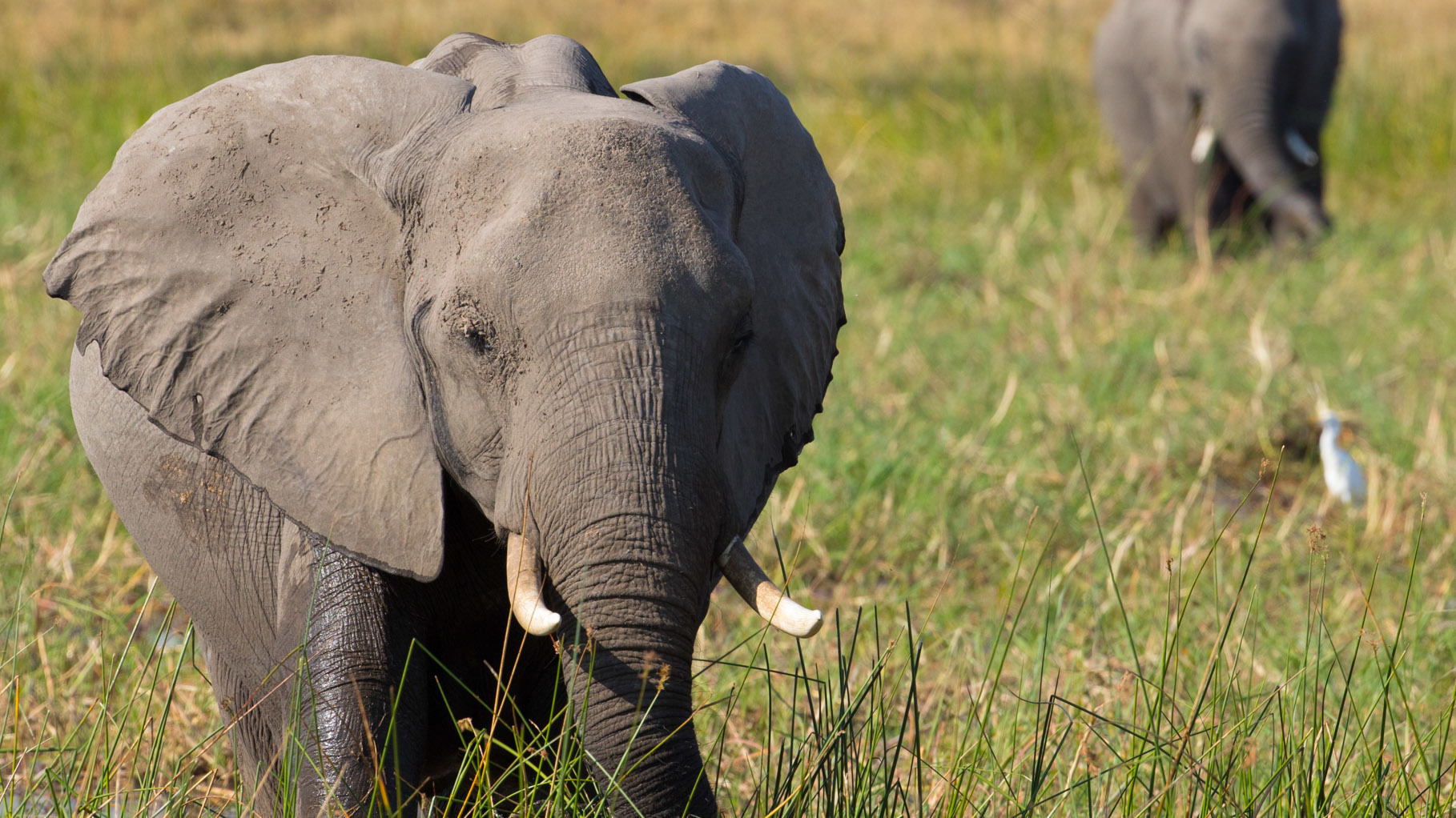‘Elephant,’ Narrated by Meghan Markle: Film Review
By Owen Gleiberman
LOS ANGELES (Variety.com) – Of all the members of the animal kingdom we think of as akin to humans — chimps, dolphins, whales, perhaps (if we’re being honest about it) our dogs — elephants may be the most movingly and preternaturally aware. Because you can see how intelligent they are. You see it in a chimp’s face, too, of course, but elephants have that special pensive, lost-in-the-ages quality. These lumberingly noble, sad-eyed creatures, whose defining features — the massive ears and extended trunks — appear to have been sculpted out of modeling clay by a God who couldn’t decide whether he was making a clown or a sage, can live to 60 or 70 and are part of reverent extended families (they bond by delicately entwining their trunks). The reason we say that they “never forget” is that they carry the ancient weight of their experience in every movement and action, in every furrowed crease of their thick gray hides, as if their bodies wore the wrinkled folds of everything they’d been through. They have a different vibe, a different rhythm from any other animal. You might call it meditative.
“Elephant,” a Disneynature documentary narrated by Meghan Markle (or, as she’s billed here: Meghan, Duchess of Sussex), follows a herd of elephants, all from the same family, as they spend eight months trekking 1,000 miles back and forth across the Kalahari Desert in search of water. They’ve been making this same pilgrimage for eons, starting (as the movie does) in the Okavango Delta in Botswana, a lush oasis that springs to life each year thanks to a massive infusion of water. But then, just as suddenly, the paradise turns to dust, and the elephants must wander the Kalahari in a time-honored line, trekking from one semi-dry water hole to the next, as if they were stepping stones.
The pull of a good Disney nature doc, and this is where the luxe resources of the corporation come in, is that the filmmakers (led, in this case, by director Mark Linfield) have the freedom to plant their cameras in unspoiled habitats, filming wild animals for months on end, so that the patterns, rituals, and personalities they observe come into focus in an unforced way.
Are the “stories” imposed? The slyness of the Disney nature aesthetic, going back to the 32-minute 1950 True-Life Adventures short “In Beaver Valley” (a schoolroom perennial of my youth), is that they are and they aren’t. The critters don’t actually have names, of course, and the films depend on the narrator to lend everything a storybook quality that dances between affectionate and coy. Yet the animal behavior patterns the films are out to describe in human form — the delinquent kid, the leader protecting hir or her pack, the survival instinct that drives the rituals of food and shelter — are all too real.
The kingdom is a matriarchy, and “Elephant” presents us with a herd led by the 50-year-old Gaia, who has lived through every hardship there is (as well as her sixth and final set of teeth); her 40-year-old sister, Shanti, is ready to take over when the tusk is passed. Shanti is also the mother of one-year-old Jomo, the eager, wide-eyed elephant kid who must make the rite of passage to adulthood. does an inviting version of the wholesome but amused Disney narrator singsong as she delivers lines like, “Shani has already lost track of Jomo. There he is!” [Jomo twirls his trunk around in the water like a helicopter blade.] “What is he doing? It’s time for a pool party!” Which looks more like a happy mud party.
There are awesome aerial shots that reveal, like crop circles, the historical network of elephant paths and water circles that connect the desert. There are small moments of drama, like Gaia lifting a baby calf out of the mud to keep it from suffocating. (It’s a tricky maneuver, and she takes mud out of his mouth and trunk with extraordinary care and finesse.) And some of the movie is simply a dazzling African-menagerie creature cavalcade, with guest cameos from zebras, giraffes, cheetahs (including a to-die-for furball cheetah cub), carmine bee-eater birds who look like robins dressed in Versace, a water buffalo who bears a striking resemblance to Thomas Jefferson, and speedy warthogs who become Jomo’s playmates. When the elephants cross the Zambezi River with hungry crocodiles all around and the largest waterfall in the world threatening to suck them in the wrong direction, the film briefly generates do-or-die suspense.
Yet “Elephant,” which will drop on Disney Plus on April 3, still That it moves at an elephant’s stately, loping pace is actually rather welcome; kids will feel like they’re on an elephant’s wavelength. But the herd’s endless quest to find water becomes a repetitive (and rather dry) theme. And to the extent that super-square anthropomorphic Disney filmmaking isn’t merely a form but a skill, I never felt overwhelmingly close to Gaia or Shanti or Jomo. The Disney nature films have always had a certain hermetic quality, but this one feels more sealed-off than usual. Could it have something to do with the fact that ivory poaching is decimating the world’s elephant population? (In 1979, there were 1.3 million elephants; now, it’s down to 400,000.) In its way, a film like “Elephant” can remind us (and especially children) of what nature is all about. But it probably wouldn’t be a bad thing if the film clued us into why the elephant journey it presents, in spirit, as eternal may now be anything but.

